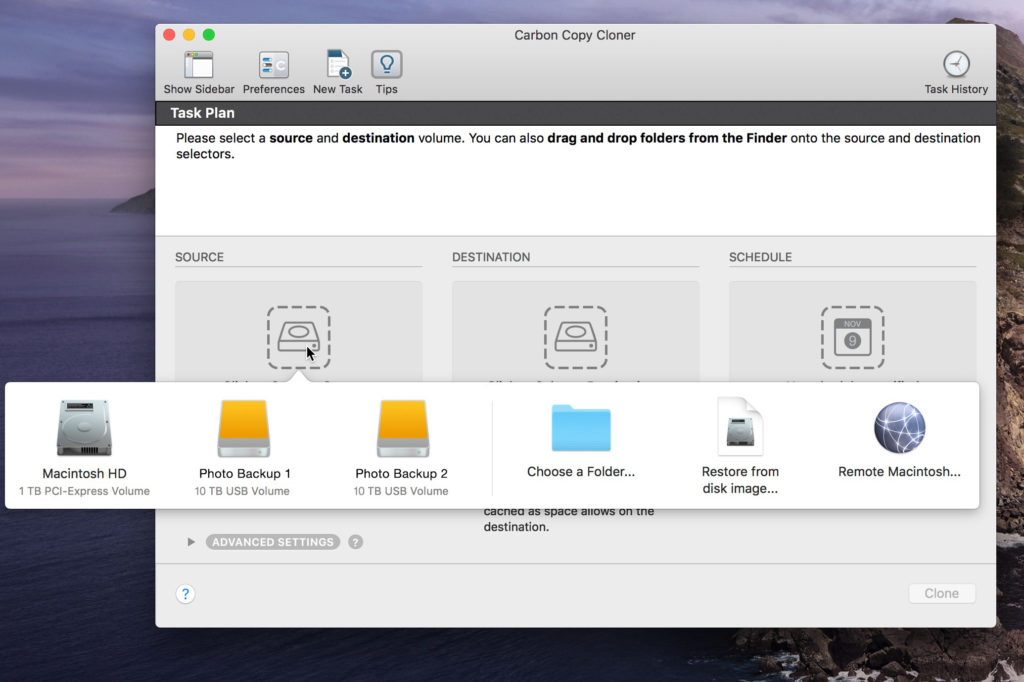KENDALL CAMERA CLUB BLOG FEED
The Ultimate Miami Photography Club Since 1977
Stills photography on movie sets is a specialized and vital aspect of the filmmaking process. While the primary focus during film production is on capturing moving images, stills photographers play a crucial role in documenting the creation of a film and providing essential marketing material. Their role involves capturing high-quality images of the actors, key scenes, and behind-the-scenes moments during the filming process. These photographs are used for various purposes, including promotional materials such as posters, press kits, and social media content. They help build anticipation for the film and provide a visual narrative that complements the moving images. [ Read More ]Original link(Originally posted by Michael Rudzikewycz)
Knowing aperture, shutter speed, and ISO are important, of course, but here's another fundamental setting that will improve your work. [ Read More ]Original link(Originally posted by Alex Cooke)
The post How to Work With Aspect Ratios in Landscape Photography appeared first on Digital Photography School. It was authored by Elliot Hook. Composition is often the difference between a good landscape photograph and a great landscape photograph. There are oft-quoted rules that we all try to adhere to and break in equal measure (the rule of thirds, leading lines, golden spiral, etc.), and these can be effective – but we don’t always think about the frame itself. The aspect ratio of a photograph can make or break the composition by either emphasizing the subject and removing distractions, or by putting the whole scene off-balance. When looking through the viewfinder, it’s a good idea to try and visualize the final shot, including the...

A few months ago, I started processing all my raw photos with a new Lightroom plugin. It led to a significant increase in image quality, as I show in this article. [ Read More ]Original link(Originally posted by Michael Breitung)
The post Don’t Have a Fast Lens? Here’s How to Capture Beautiful Background Blur appeared first on Digital Photography School. It was authored by John McIntire. Blurry backgrounds are a powerful and popular tool for photographers. Blurring your background makes it easy to de-emphasize details in the scene that don’t add anything to your photographs, which helps to ensure that the focus of your images is your subject. Now, the easiest way to achieve this shallow depth of field effect is by using fast lenses with maximum apertures such as f/1.8 or f/2.8. Take a look at the image on the left, which was shot at f/8 – and then look at the image on the right, which was shot at...

Using your camera to capture the beauty of the world around you can be deeply fulfilling, but it comes with its own set of challenges. Sometimes, those challenges are personal and can impact your creativity. [ Read More ]Original link(Originally posted by Alex Cooke)
When you revisit familiar places, it's easy to overlook new scenes. You might have fixed ideas of what to shoot. This can lead to missing unique moments. [ Read More ]Original link(Originally posted by Alex Cooke)
It’s been a while since we’ve done a “Back up your Photos” Monday, and if you’re a Lightroom Classic user, this day is for you. However, beyond that, if you’ve watched my SLIM System online course [Simplified Lightroom Image Management system], you know I’m always encouraging Lightroom Classic users to make sure they have a backup of your backup on a separate external hard drive (ideally in a separate location), because if your backup dies, well…you have no backup. So, in the spirit of “Backup Your Photos Monday,” I thought I’d share how I make a backup of my backup external hard. To keep my backup hard drive synced with my 2nd backup hard drive it’s a simple two-step process thanks...

Today, we’re looking at the easiest way to perform a face swap in Photoshop. Adobe Photoshop allows us to get creative with our photography. A face swap is a great way to have fun with pictures of our friends or family. A successful face swap can be tricky even though it only has a few steps. This article will cover all the points necessary for a seamless face swap. After some practice you will be able to create novelty images for your friends or picture yourself on holiday! What are the Key Points to Consider with a Face Swap in Photoshop? Although the process is fairly straightforward, there are key points to consider when picking your images. We will now review...

Creating a magical, dreamy golden hour effect in your photos can be achieved with a simple Lightroom trick. [ Read More ]Original link(Originally posted by Alex Cooke)
Landscape photography thrives on flexibility and spontaneity. The ever-changing nature of light and weather requires us to adapt quickly, abandon rigid plans, and let the natural elements guide our shots. This fluid approach often leads to the most captivating and memorable images, showcasing the dynamic connection of light, land, and sky. Here’s why being fluid in your landscape photography is essential, along with some practical tips to help you embrace this mindset. [ Read More ]Original link(Originally posted by Darren Spoonley)
Getting the lighting right can make a big difference in headshot work. Here's how to set up and refine your headshot lighting to achieve professional results. [ Read More ]Original link(Originally posted by Alex Cooke)
The new generative AI remove tool in Lightroom is exciting but can be unpredictable. It’s important to know how to use it effectively under different situations. [ Read More ]Original link(Originally posted by Alex Cooke)
Finding fulfillment in the later stages of your career can be challenging. It's common to feel like you've ticked all the boxes—career progression, status, financial stability—yet still feel unfulfilled. This video explores how to transition to something more exciting and engaging in your third or fourth career chapter. [ Read More ]Original link(Originally posted by Alex Cooke)
The Pentax 17 is generating a lot of buzz within the film photography community. Exploring its features and design, you might find it a compelling option for your photography needs. [ Read More ]Original link(Originally posted by Alex Cooke)
Getting closer to your subject can be a real challenge. This is especially true when your subjects are birds. The simplest solution might seem to be adding a teleconverter, but it's not without its drawbacks. [ Read More ]Original link(Originally posted by Alex Cooke)
The post 11 Ways to Overcome Creative Blocks as a Photographer appeared first on Digital Photography School. It was authored by Megan Kennedy. This article was updated in July 2024 with contributions from Megan Kennedy and Jaymes Dempsey. Stuck in a creative rut? You’re not alone. Creative blocks can happen to anyone, including passionate photographers. In fact, many of the most successful and dedicated photographers on the planet have experienced a creative block at one time or another. When your inspiration is gone, it can be scary. You might start to think that your interest in photography will never return – and that you’ll be done with your favorite activity forever. I know from personal experience what it’s like, and it’s...

Understanding the nuances of landscape photography can elevate your work from good to breathtaking. Composition plays a vital role in capturing stunning images. [ Read More ]Original link(Originally posted by Alex Cooke)
The post 3 Rookie Mistakes to Avoid When Shooting on a White Background appeared first on Digital Photography School. It was authored by Lily Sawyer. Because white background portraits are so common, many people think it’s an easy effect to achieve. You simply set up a white background, put your subject in front of it, and take the picture (preferably with a flash or strobe) – right? Unfortunately, it’s not so simple. If you try the method described above, you’ll end up with a photo that features either a gray, dull, or muddy-toned background. The best possible result would be an off-white background after you have done some edits. And that’s not the only issue; you’d see unwanted shadows everywhere, too....

I have never been a fan of digital effects that emulate analog results. I always thought making a digital image look like it was shot by film was a deception. Could DxO FilmPack 7 change my mind? [ Read More ]Original link(Originally posted by Ivor Rackham)